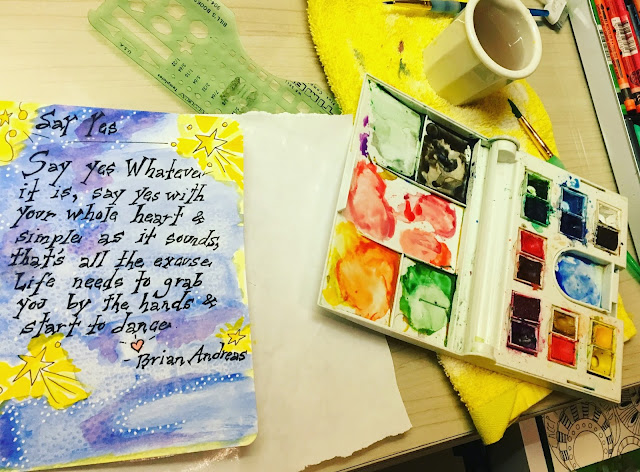
This week, friend Sara Holbrook wrote about food being served in a school cafeteria in Romania. Her post resonates.
I heard echoes of it on vacation in Vietnam. An Australian and I were helping ourselves to some passion fruit juice and fresh tomatoes and cheese during breakfast on the AuCo cruise through Ha’Long Bay. I started raving about the food and presentation as cruisers go do. He echoed the praises for the fresh prawn and tamarind, the wasabi mashed potatoe, the hot soups: mushrooms and coconut chicken. Delicious, decadent, the food and caring service. Then came the next standard question, “where are you from?”

“I live in Singapore, but I am from the United States,” I replied.
“Ah, they’ve all but ruined food in the states, right? Poison and preservatives, I think,” he said.
I don’t disagree. How could we reshape ourselves, our children, our elderly, if stopped serving factory-made foods? If we didn’t, as Michael Pollan says, eat anything our grandmothers or great grandmothers wouldn’t recognize as food. I know I would be healthier if I consistently made good food choices.
Eat fresh. Move more.
Part of the moving is gathering and preparing the food ourselves. That part of the work of food is easy to avoid. We can order delivery or stop in a food court (in Singapore these are called Hawker centers). We have groceries delivered to our doors. We buy pre-made pastas, pre-cut vegetables, pre-baked bread, whole pizzas or meals, frozen.
Walking the wet markets in the old quarter in Hanoi, Vietnam, I can see the work that fresh, whole food takes: growing, harvesting, cleaning, trimming, chopping, selling. There are certainly less plastic and preservatives here, an environmental bonus of choosing such foods.
Part of the moving is gathering and preparing the food ourselves. That part of the work of food is easy to avoid. We can order delivery or stop in a food court (in Singapore these are called Hawker centers). We have groceries delivered to our doors. We buy pre-made pastas, pre-cut vegetables, pre-baked bread, whole pizzas or meals, frozen.
Walking the wet markets in the old quarter in Hanoi, Vietnam, I can see the work that fresh, whole food takes: growing, harvesting, cleaning, trimming, chopping, selling. There are certainly less plastic and preservatives here, an environmental bonus of choosing such foods.
We might gain time, but our health suffers when we give up all the work of food.














 Shout out to the team at
Shout out to the team at 




















